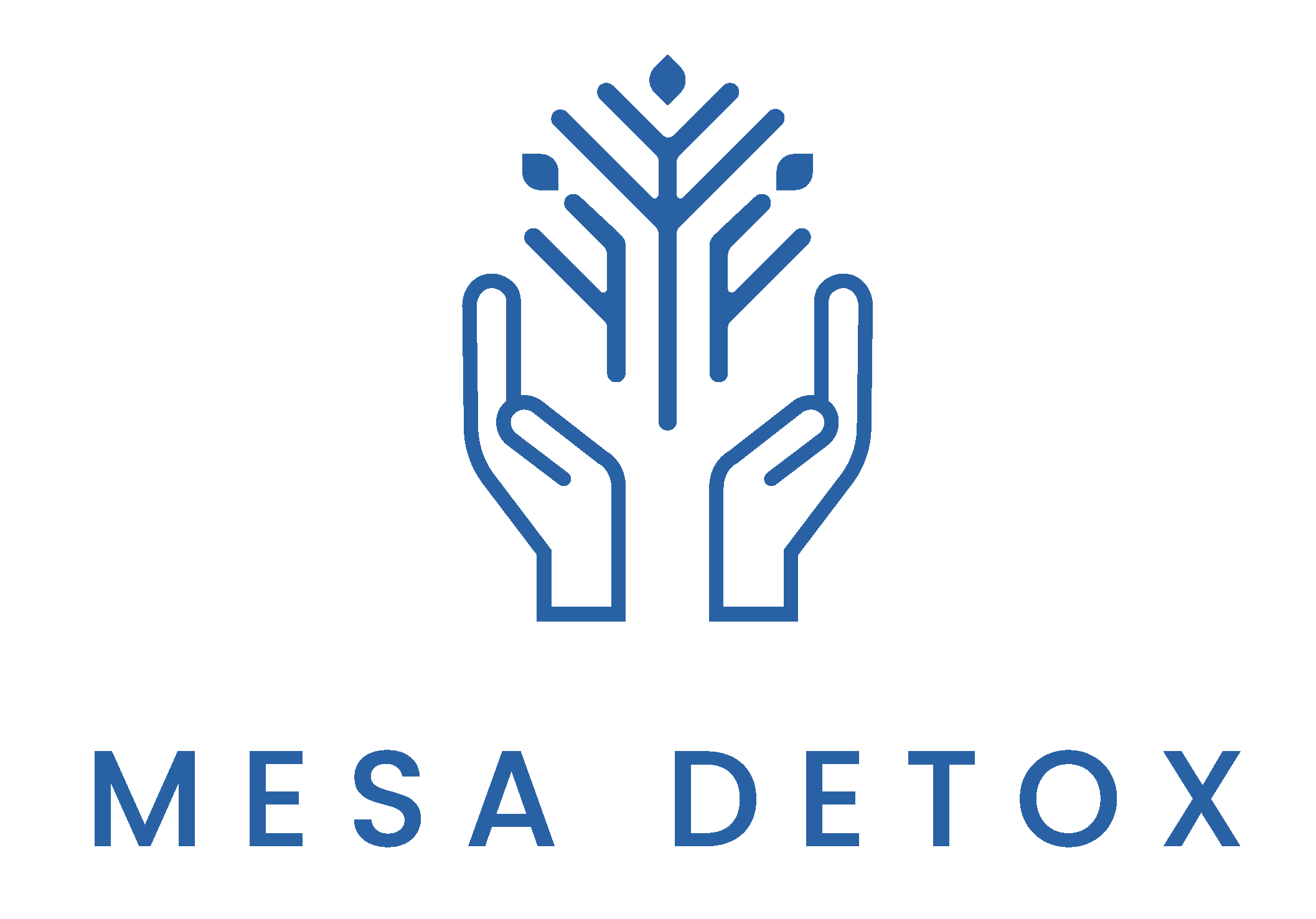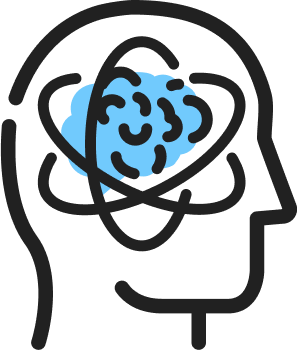Opioid abuse is a growing crisis that impacts countless individuals and families. According to the Centers for Disease Control and Prevention, over 80,000 people lost their lives to opioid overdoses in 2021 alone.
Understanding opioid detox and withdrawal is essential, as they mark the first critical steps toward recovery. In this article, we’ll explore the nature of opioids, key addiction warning signs, withdrawal symptoms, the detox process, and the journey to lasting healing.





